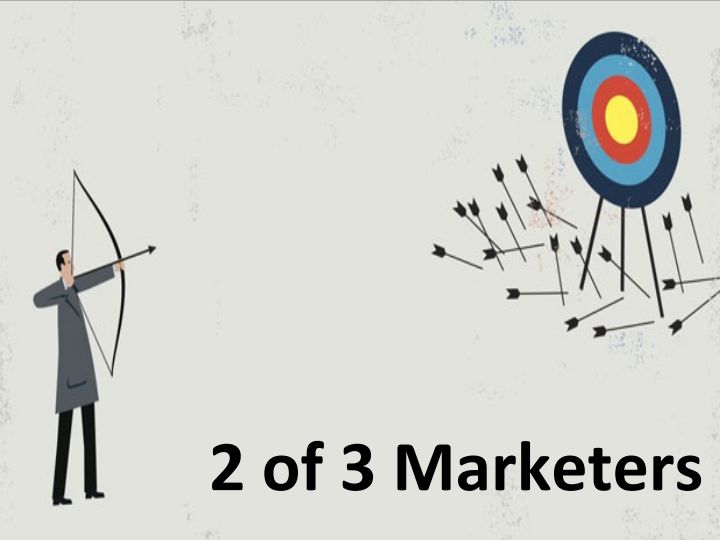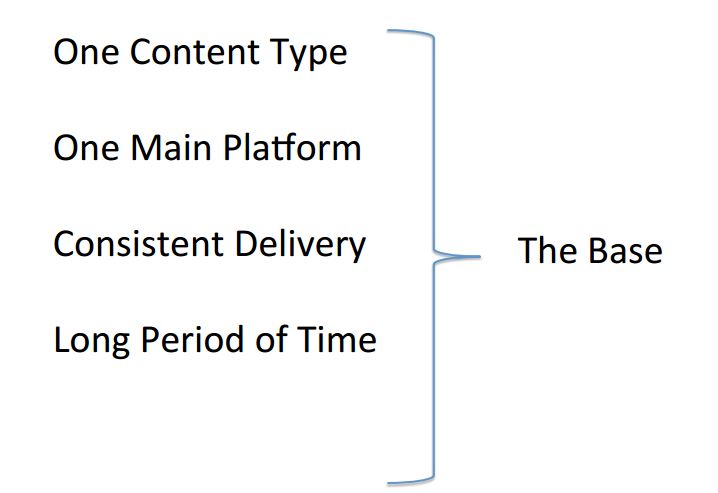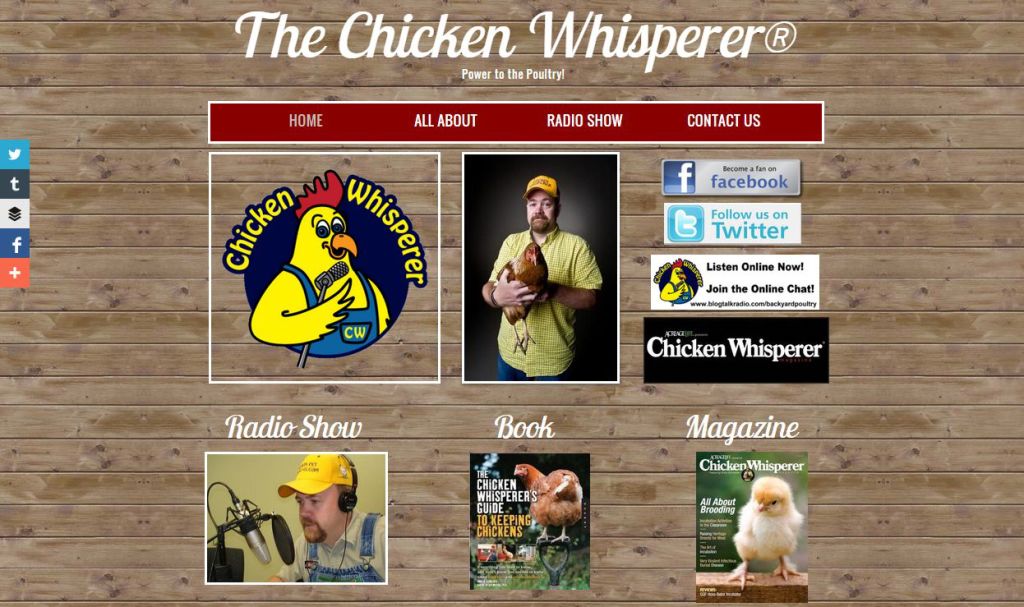As much buzz as there is about content marketing, most marketers miss the mark; in fact, 2 of 3 marketers say their content marketing efforts aren’t successful.
And then there are marketers like Joe Pulizzi, who started blogging about content marketing three times a week back in April 2007, became an expert, and founded Content Marketing Institute – an organization that will generate $10 million this year.
It’s not luck; it’s strategy, he said during his presentation at the Social Media Marketing World Conference in San Diego last March, entitled, “How to Create a Content Marketing Strategy.” Like other successful bloggerpreneurs, Pulizzi took a strategic approach to build a loyal audience around his content in order to monetize it. Pulizzi laid out these 6 (sometimes time-staking) steps to create a content marketing strategy that gets results.
- Find your sweet spot
Most entrepreneurs already know their sweet spot; it’s why they went into business. You find your sweet spot when you match your knowledge or skills with your passion. If you’re inside of a larger corporation, you may find your sweet spot by matching your company’s expertise with a customer pain point.
Pulizzi gave the example of Andy Schneider, who combined his knowledge of backyard poultry with a passion for teaching. Better known now as The Chicken Whisperer – with a radio show, a book and a magazine to his name – he built a multimillion-dollar platform around his sweet spot.
- Find your content tilt
If you find a sweet spot and then create content about it that looks and sounds just like everybody else’s content on that topic, your marketing will fall flat.
“Think about The Matrix, when Neo is trying to bend the spoon,” Pulizzi says. “In order to bend the spoon, Neo had to tilt his head to see it from a different perspective.”
The content tilt – or your mind-bendingly unique perspective – is what makes your story worth telling.
“Could you be the leading expert in your niche? No? Then you’re not niche enough,” Pulizzi says. “In order to go really big with your content marketing, you have to go super small.”
To define your content tilt, Pulizzi recommends a content marketing mission statement.
“What do all media companies do that you do not do with your content?” he says. “First, as part of their strategy, they create an editorial mission.” For example, Inc. magazine is “where entrepreneurs and business owners can find useful information, advice, insights, resources and inspiration for running and growing businesses.”
Your content marketing mission should define:
- Your core target audience – and remember, “You can only target one,” he says. “If you’re targeting more than one group with different pain points, you’re not going niche enough.”
- What you’re delivering – entertainment or information, recipes or recommendations?
- The outcome for the audience – what value do they get out of it?
“If you do one thing, build your content marketing mission statement,” Pulizzi said. “It’s the rallying cry for everything you do in content marketing.”
- Building the Base
Now, you’re finally ready to start creating content using this four-legged publishing base:
Simple, right? One type of content (text, audio or video) on one main platform (blog, podcast or YouTube), delivered consistently over a long period of time.
“Create an appointment with your customers around your content,” Pulizzi said. “Blog at the same time every week. Never miss. Most content marketing fails because it either stops or it’s inconsistent; it’s not because of quality.”
- Harvesting the Audience
Brands like Starbucks spend millions building massive audiences across Facebook and Google+. But who controls those fans? Facebook and Google+.
“I don’t care about likes and fans and followers that, frankly, aren’t really important because they don’t help you build an asset,” Pulizzi said. “What’s important is building a loyal audience – even if it’s with 5 or 10 people. Media companies focus on building their own audience first that they have some control over, and they don’t give that power away.”
While social media can help, the ultimate goal is to get people to subscribe to your content. Pulizzi has a single goal for his blog: to get (and keep) subscribers.
“If you can get email subscribers from your social networks, great; but don’t focus primarily on social channels,” Pulizzi says. “Focus on subscribers as a key metric. That’s the key engine for driving revenue.”
- Diversification
The reason so many marketers are overwhelmed by content marketing is because they try to conquer it all at once.
“Most of us diversify too quickly: ‘We gotta do this, we gotta do that,’” Pulizzi says. “Focus on being great at one thing on one platform, and then diversify.”
Schneider didn’t become The Chicken Whisperer overnight. Pulizzi didn’t begin monetizing Content Marketing Institute until three years after he began blogging – as he slowly added the event, the magazine, and the books.
- Monetization
Don’t think you can rush ahead to the last step. It takes time to build a loyal audience with consistent content before you can monetize it – on average, 15-17 months.
“Most companies want results right away,” Pulizzi says, “and they start making the wrong decisions based on that.”
However, you’ll find that customers who subscribe to your content end up spending more than those who don’t – like TD Ameritrade found that subscribers to its thinkMoney magazine traded five times more.
Content can be valuable if you approach it strategically. Take the time to develop a strategic content marketing plan to build a loyal audience – before you start trying to make money from it.
>> Contact Bantamedia for help creating and executing a content marketing strategy that gets results. >>
Image credit: Joe Pulizzi, Social Media Examiner’s Social Media Marketing World presentation, “How to Create a Content Marketing Strategy”





